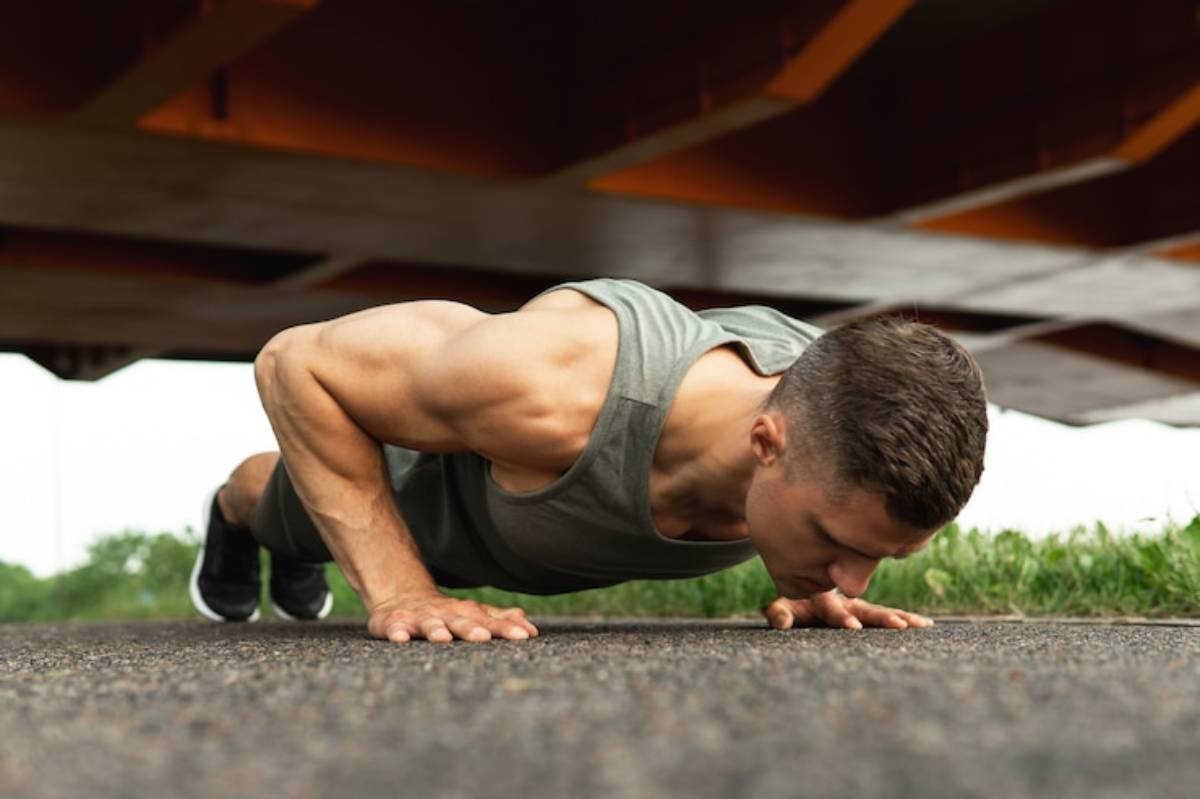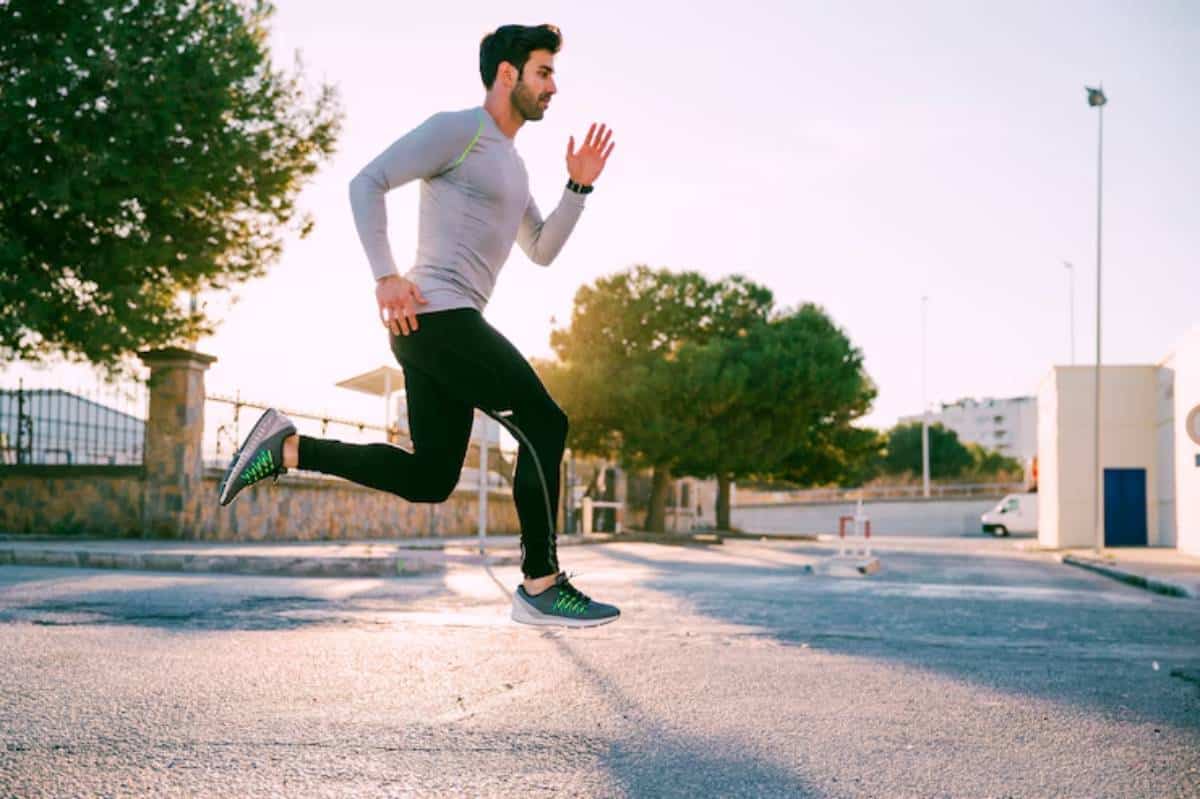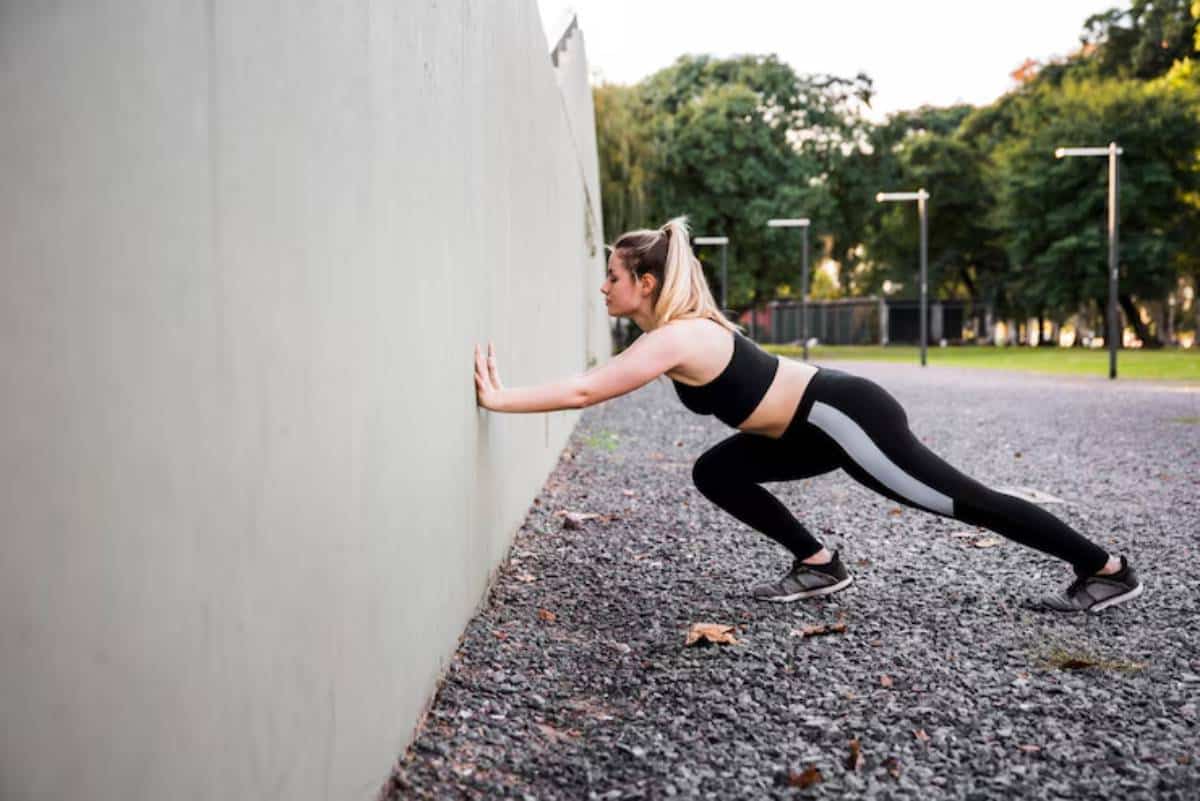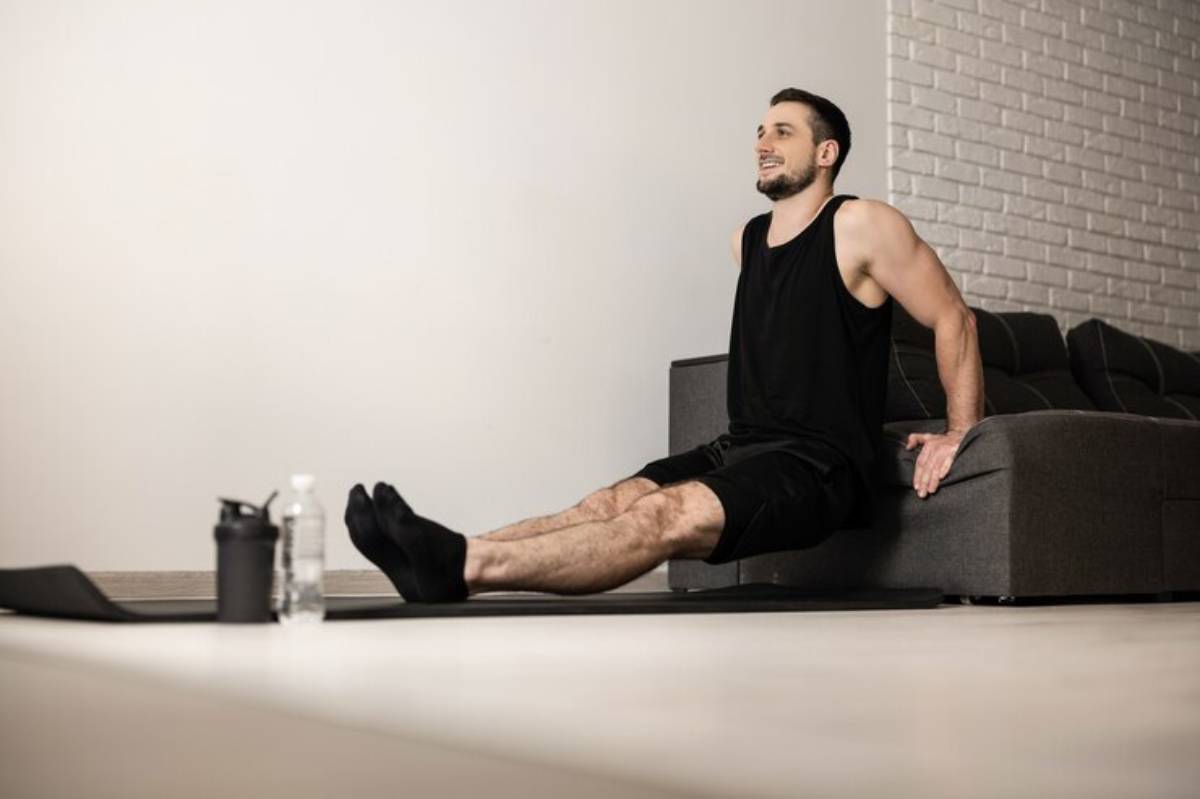
Full-Body Strength Training With Zero Equipment
Picture gaining strength, boosting mobility, and feeling energised — all without going to a gym or using any equipment. Sounds too good to be true? It’s not. Welcome to minimalist strength training! This is your ticket to a full-body workout with no equipment. You can get results anywhere you are.
Whether you’re at home, on the go, or want an easy workout, this bodyweight program helps you grow stronger and fitter using only your body. There are no dumbbells, resistance bands, or expensive gadgets—just movement, consistency, and a little sweat.
In this guide, we’ll cover the basics of minimalist strength training. We’ll explain why bodyweight workouts work so well. Plus, we’ll share full-body routines that need no equipment at all. Ready to unlock the power of simplicity? Let’s dive in.
Why Go Minimalist With Strength Training?
In a world full of gym memberships and trendy gear, it’s easy to think you need the latest equipment to succeed. But minimalist strength training strips things back to basics—and it works.
Benefits of Bodyweight-Only Training
- Accessibility: Train anywhere — at home, in a park, or on the road.
- Cost-effective: No equipment needed, no gym fees.
- Time-efficient: No waiting for machines or setting up gear.
- Functional strength: Builds real-world power and control that translates to everyday movement.
- Reduces injury risk: Bodyweight movements allow for better joint alignment and control.
Bodyweight exercises can boost strength, flexibility, and heart health. A study in the Journal of Exercise Science & Fitness (2018) confirms they work as well as traditional gym workouts.
The Core Principles of Minimalist Strength Training
You need to focus on a few key movement patterns to build full-body strength with no equipment. These ensure you hit all major muscle groups and maintain balance.
Key Movement Patterns:
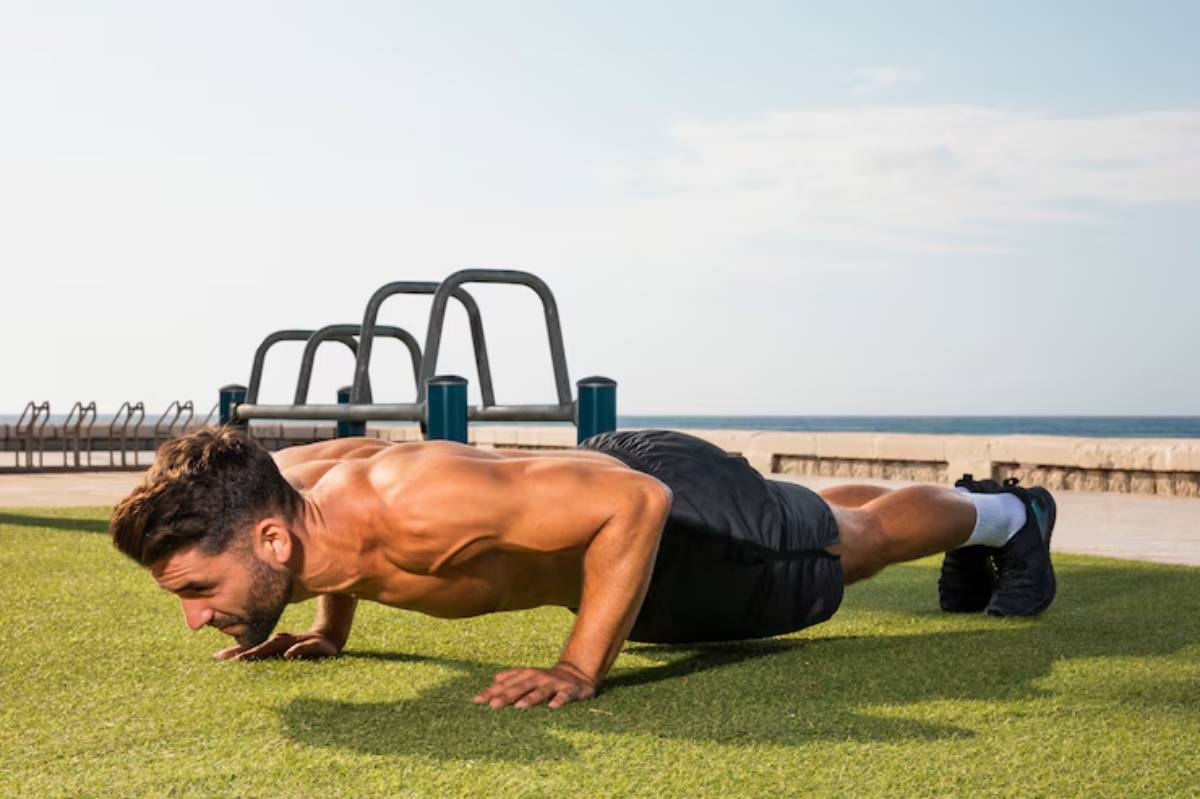
- Push: Targets the chest, shoulders, and triceps (e.g., push-ups).
- Pull: Focuses on the back and biceps (e.g., rows, pull-up bar optional).
- Hinge: Strengthens the glutes, hamstrings, and lower back (e.g., glute bridges).
- Squat: Works the quads, glutes, and hamstrings (e.g., squats, lunges).
- Core stability: Engages the abdominals, obliques, and lower back (e.g., planks, hollow holds).
Integrating these patterns ensures your home bodyweight program is balanced and comprehensive.
No Equipment Full-Body Workout Structure
Here’s a practical approach to structuring your minimalist strength training sessions.
- Warm-up: 3–5 minutes of dynamic movement.
- Main set: 4–5 exercises targeting different muscle groups.
- Finisher: A short burst of high-intensity movement (optional).
- Cool-down: Stretching and breathing exercises.
Minimalist Full-Body Strength Routine (Beginner to Intermediate)
Warm-Up (3–5 minutes)
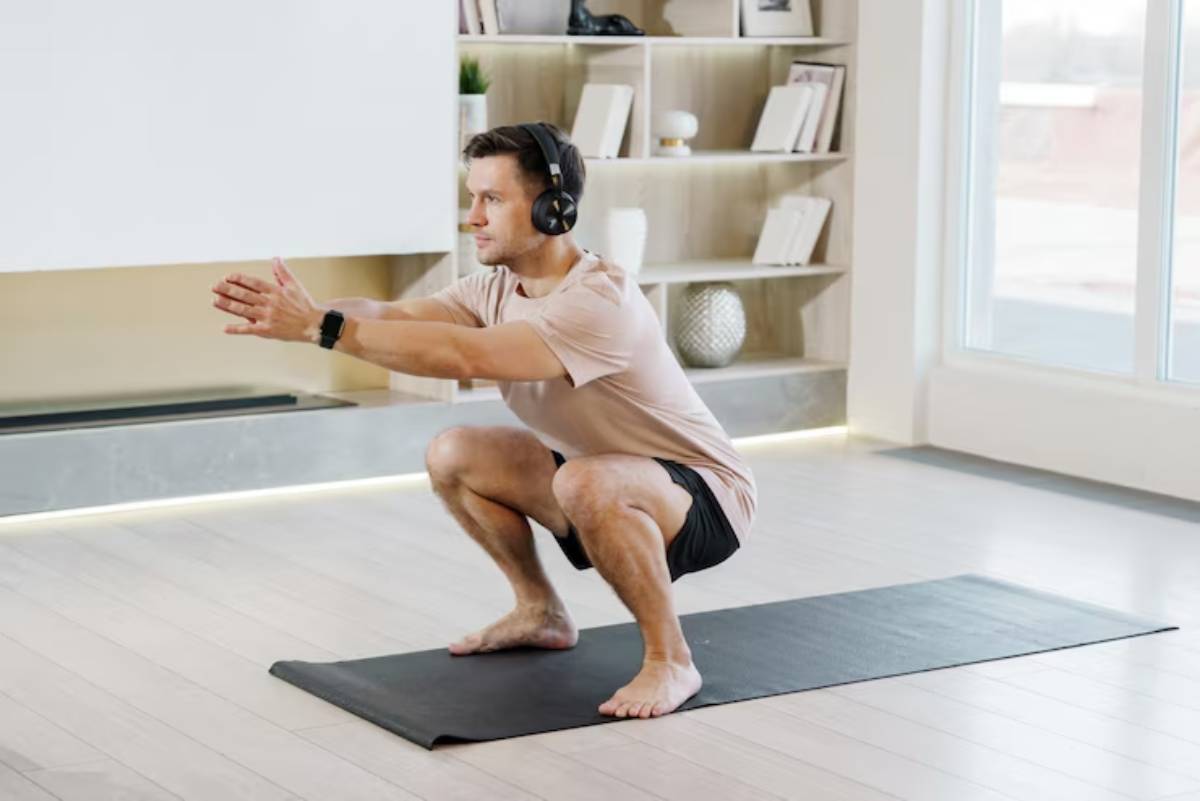
- Arm circles (30 seconds)
- Leg swings (30 seconds per leg)
- Bodyweight squats (15 reps)
- Plank to Downward Dog (10 reps)
Main Workout
| Exercise | Reps/Time | Rest |
| Push-Ups | 10–15 reps | 30 sec |
| Glute Bridges | 12–15 reps | 30 sec |
| Bodyweight Squats | 15–20 reps | 30 sec |
| Plank Hold | 30–45 seconds | 30 sec |
| Superman Hold | 30 seconds | 30 sec |
Rounds: Complete 3–4 rounds.
Finisher (Optional)
- Burpees: 30 seconds for max reps.
Cool-Down (3–5 minutes)
- Standing hamstring stretch
- Chest opener stretch
- Child’s pose
Progressing in Your Minimalist Strength Training
One common concern with bodyweight-only training is hitting a plateau. But progression is all about tweaking variables:
- Increase reps or hold time: Gradually add volume as you get stronger.
- Change tempo: Slow down movements (e.g., 3-second descent on push-ups) to increase time under tension.
- Add static holds: Pause at the bottom of squats or midway through a push-up for extra challenge.
- Incorporate unilateral moves: Switch to single-leg exercises like pistol squats or single-arm push-up variations for added intensity.
Advanced No Equipment Full-Body Workout
After you have a strong base, try this bodyweight program. It will challenge your strength and endurance.
Warm-Up (5 minutes)
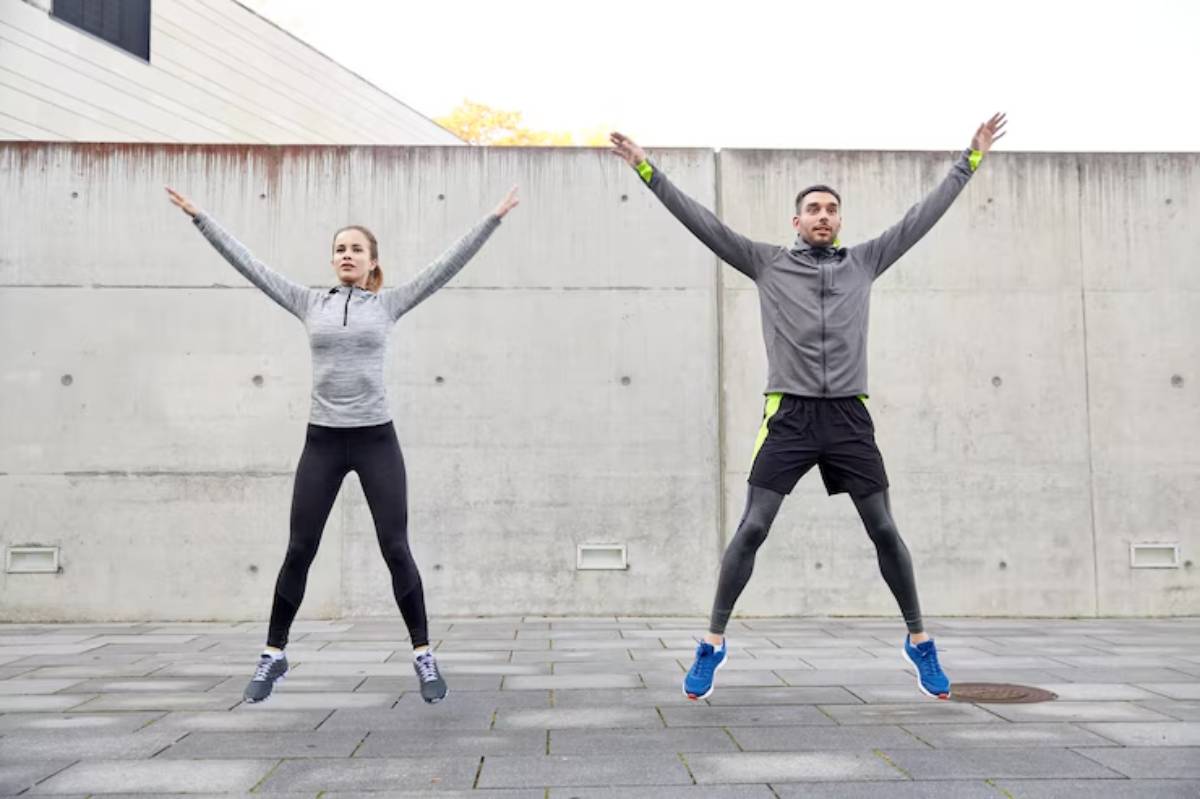
- Jumping jacks (1 minute)
- High knees (30 seconds)
- Arm swings (30 seconds)
- Hip openers (10 reps per side)
Main Workout
| Exercise | Reps/Time | Rest |
| Pike Push-Ups (for shoulders) | 10–12 reps | 30 sec |
| Bulgarian Split Squats (use a chair) | 10–12 reps per leg | 30 sec |
| Plank to Push-Up | 12–15 reps | 30 sec |
| Hollow Body Hold | 40–50 seconds | 30 sec |
| Single-Leg Glute Bridge | 12 reps per leg | 30 sec |
Rounds: Complete 3–4 rounds.
Finisher
- Mountain Climbers: 40 seconds.
Tips for Staying Consistent
Sticking to a minimalist strength training routine needs mental focus just like physical effort. Here’s how to stay on track:
- Set a schedule: Even 20-minute slots in your diary help build a habit.
- Track your progress: Log reps, times, and how you feel post-workout.
- Keep it fresh: Rotate exercises or routines every few weeks.
- Be flexible: If life gets busy, shorter sessions (even 10 minutes) still count.
Consider John, a remote worker juggling deadlines and family life. Carving out 20 minutes each morning for a no-equipment full-body workout helped him. He improved his posture, reduced back pain, and felt more energised. Best of all, it didn’t disrupt his day.
Conclusion: Power in Simplicity
The beauty of minimalist strength training lies in its simplicity and effectiveness. You can build strength, mobility, and resilience with full-body routines. Best of all, you don’t need any equipment or a gym. This home bodyweight program proves that fitness doesn’t need to be complicated or time-consuming.
Your body is your gym — and that’s all you need.
Ready to embrace minimalist strength training? Start with one of the routines above, feel the difference, and build from there. Share your progress or questions in the comments below. If this guide helps, share it with someone who can use a little more strength and simplicity in their life.
